#Wwii color photo
Text

Two workers attaching a Pratt & Whitney R-2800 Double Wasp onto a F4U Corsair at the Chance-Vought factory in Stratford, Connecticut.
Date: March 1943
NARA: 179036630
#Vought F4U Corsair#Vought F4U#F4U Corsair#F4U#Corsair#Fighter#Aircraft#Airplane#United States Navy#U.S. Navy#US Navy#USN#Navy#World War II#World War 2#WWII#WW2#WWII History#History#Military History#Chance-Vought Factory#Factory#Stratford#Connecticut#March#1943#color photo#my post
276 notes
·
View notes
Text

Douglas SBD Dauntless piloted by American Lt. George Glacken with his gunner Leo Boulange. New Guinea, April, 1944
#youtube#aircraft#airplane#ww2#wwii#aviation#military#dronescapes#Dauntless#Douglas SBD#Douglas Dauntless#aviation photography#airplanes#planes#World War#world war 2#world war ii#world war two#colorized#vintage photos#vintage photography#military history#history#histoire
328 notes
·
View notes
Text
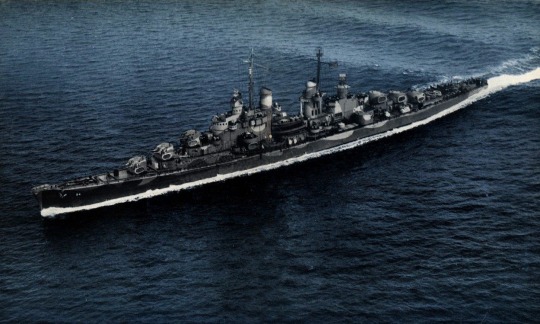
USS San Juan (CL-54) underway at sea in 1942.
Note: She is painted in Camouflage Measure 12 (Modified).
Photo from the USS San Juan Cruise book: link
#USS San Juan (CL-54)#USS San Juan#Atlanta Class#Light Cruiser#Cruiser#warship#ship#World War II#World War 2#WWII#WW2#WWII History#History#1942#United States Navy#U.S. Navy#US Navy#USN#Navy#Color Photo#undated#my post
116 notes
·
View notes
Text
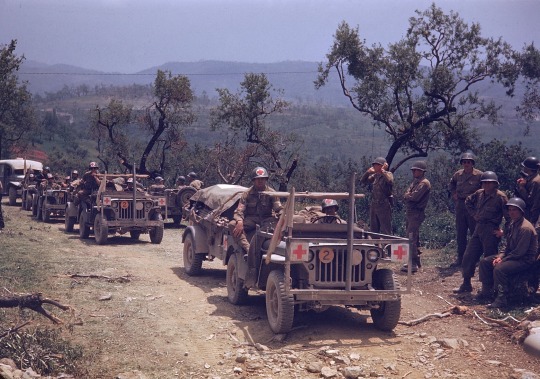
Column of American medical Willys MBs during the drive towards Rome on May 23, 1944.
Photographed by Carl Mydans for LIFE Magazine.
LIFE Magazine Archives: 1216112
#Jeep#Willys MB#MB#us army#army#World War II#World War 2#WWII#WW2#WWII History#History#May#1944#Italy#color photo#my post
132 notes
·
View notes
Text
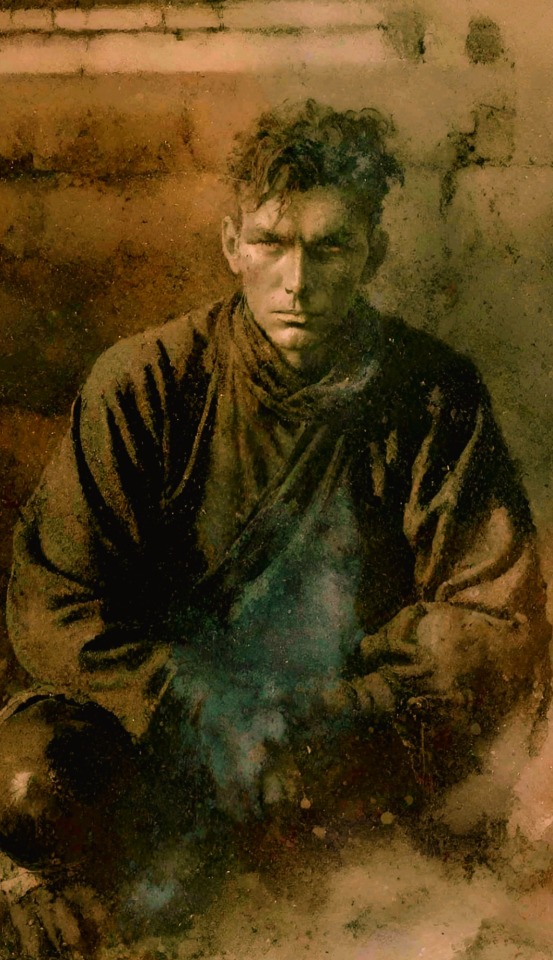
#artists on tumblr#ai artwork#tried to take old B&W photo to color#my father#Army-Air Corp#end of WWII#actually stationed at Area 51#denied knowing anything
18 notes
·
View notes
Text
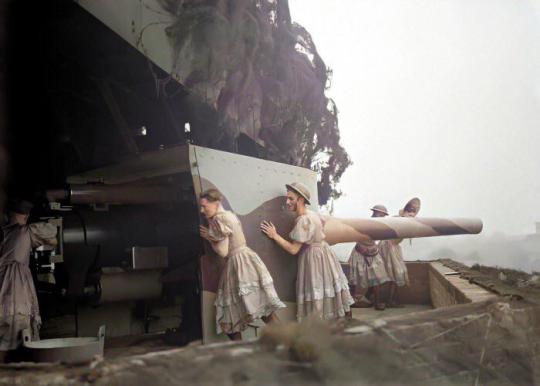
#Colorized photo of British soldiers in WWII operating a gun installation while dressed in drag for a show they’d been rehearsing when they w#goawaybatn#oldschool
10 notes
·
View notes
Text


Three Westland Lysander Mark IIIAs of No. 309 Polish Fighter-Reconnaissance Squadron RAF on a photo-recon training sortie over snow-covered Scottish hills.
On 15th September 1940, the Luftwaffe launched the largest attack they ever had on London. The aim was to draw out the RAF into a battle of annihilation.
Up until this point, the RAF had been locked in a battle of 'non-attrition,' where the RAF sought to only inflict moderate losses against the Luftwaffe and to take few of their own. This way, by always putting up some resistance but refusing to engage in larger battles, the Luftwaffe felt they were getting nowhere.
And so 1,120 Luftwaffe aircraft (620 fighters, 500 bombers) met 630 RAF fighter aircraft in the skies above London. But there, 57-61 Luftwaffe aircraft fell, as opposed to only 29 British planes.
While these losses again seem only moderate they represented a large chunk of Axis air power. This is not to mention that all the German pilots were lost, as if they survived the crash or bailed out, they were still captured and interned for the rest of the war. British pilots could return straight to the front.
Both groups tried to overclaim the amount of aircraft they shot down. The Luftwaffe claimed 79 kills for under 40 losses, and the RAF claimed a staggering 185 German planes shot down.
As far as Air Chief Marshal Sir Keith Park was concerned, it was ridiculous to claim 200 aircraft downed. It was also not a cause for celebration as, despite the 2:1 ratio in favour of the RAF, this was proof that the RAF needed 'tightening up.' It was a good performance, but not the RAF's best.
Hitler was not overly concerned with the outcome - he believed from the end of August the Luftwaffe would not achieve aerial supremacy, and so postponed Operation Sealion indefinitely on 17th September. His plan now was to knock the USSR out of the war before they could even start it, neutralising the UK's last potential ally.
But for the British public, it was a cause for great celebration. The Luftwaffe had failed in its last attempt to gain full aerial superiority. For this reason, every 15th of September is celebrated as Battle of Britain day in the UK.
#colorized#colorization#colorized history#history#wwii#ww2#wwii photos#ww2 photos#wwii in colour#world war ii#worldwar2#world war two#raf#royal air force#battleofbritain#battle of britain day#luftwaffe#lysander#westland lysander#london#british history#polish history#colourised
4 notes
·
View notes
Text
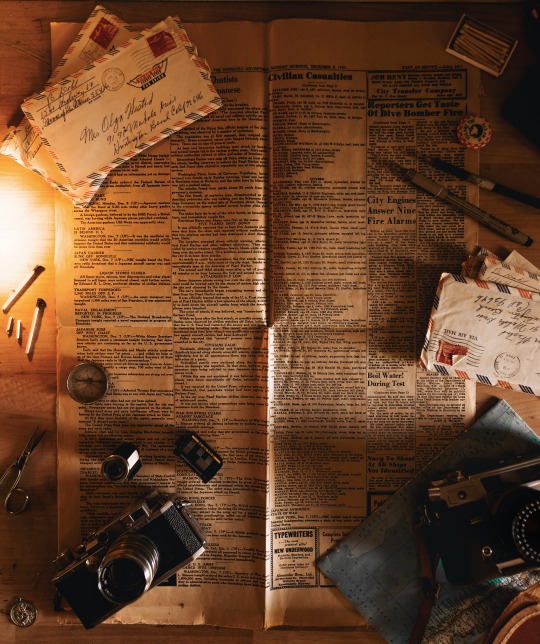
#film#photography#go#adventure#vintage#branding#newpaper#vintage newspapers#retro#50s#1950s#vintage photography#vintage photos#wwii newspaper#35mm color film#indie film#film photography#35mm film#film camera#35mm photography#35mm#wwii era#wwii history#wwii#ww2#letters#mail
1 note
·
View note
Text
Tailspin Tapestries: The Colorful Faces of WWII Aircraft 🃏
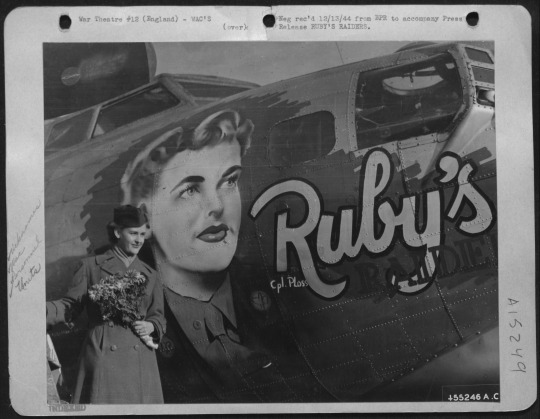


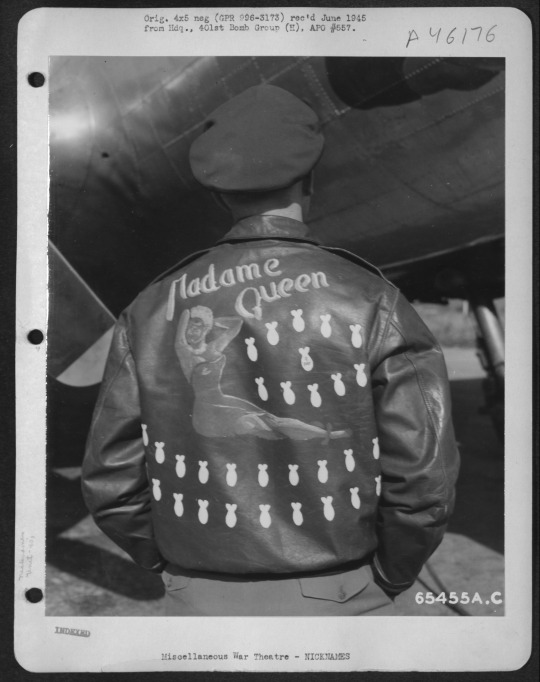
Nose art, the decorative painting or design on the fuselage of military aircraft, has a storied history that peaked during World War II. This vibrant, often cheeky artwork served as a morale booster for the crew, adding a personal touch to the grimness of war and providing a sentimental tie to the home they were fighting to protect. The practice traces its origins to Italian and German pilots in World War I, but it was during World War II that American airmen embraced this form of expression with unparalleled creativity.


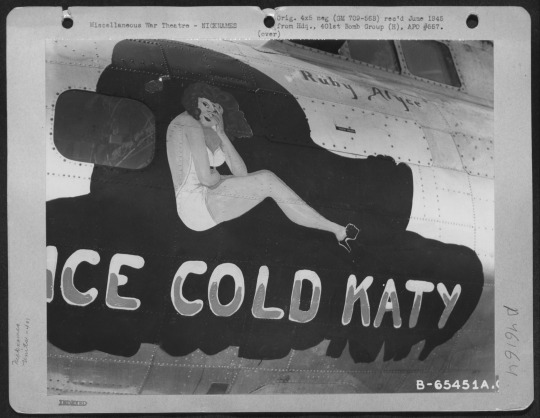

World War II represented the golden age of nose art, with American crews stationed in Europe and the Pacific leading in creativity. Artworks ranged from ferocious animals and cartoon characters to pin-up girls and patriotic symbols, each with a unique name that reflected the aircraft's character, the crew's aspirations, or an inside joke among the squadron. Names like "Memphis Belle," "Enola Gay," and "Sack Time" became as legendary as the aircraft themselves, symbolizing the spirit of the crew and their mission.




Nose art was crucial to boosting morale among crew members, providing a sense of individuality and ownership over their aircraft in an otherwise regimented and dehumanizing environment. This artwork fostered an emotional attachment to their planes, with each piece a vivid manifestation of the crew's bond. It represented a piece of home and personality in foreign skies, a reminder of what they fought for and the camaraderie that sustained them.


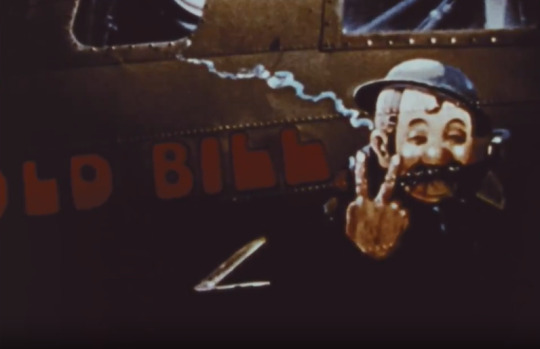
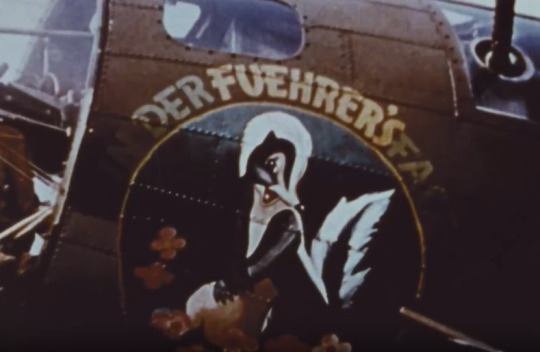

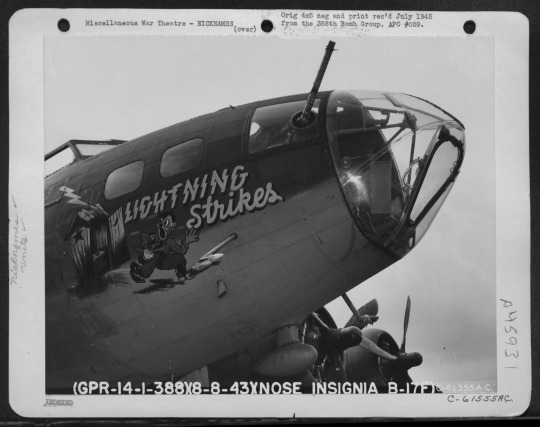

The subject matter of nose art varied widely, reflecting diverse personalities within the crews. Cartoons and comic characters like Donald Duck and Bugs Bunny were favorites for their humor and relatability. Artwork also featured fierce sharks, tigers, and eagles, symbolizing the aircraft and crew's power and aggression.
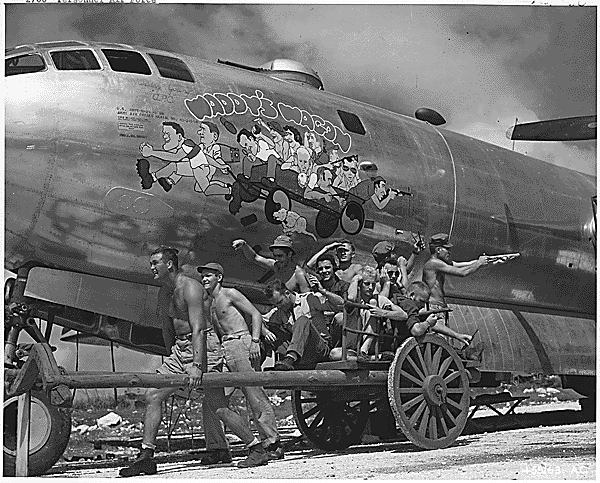

Many nose art pieces were painted by the crew members themselves, though some squads had designated artists. Individuals like Don Allen, who painted nearly 100 pieces of nose art, were celebrated for their contributions. Using whatever materials were at hand, these artists created masterpieces under challenging conditions, showcasing remarkable ingenuity and talent.

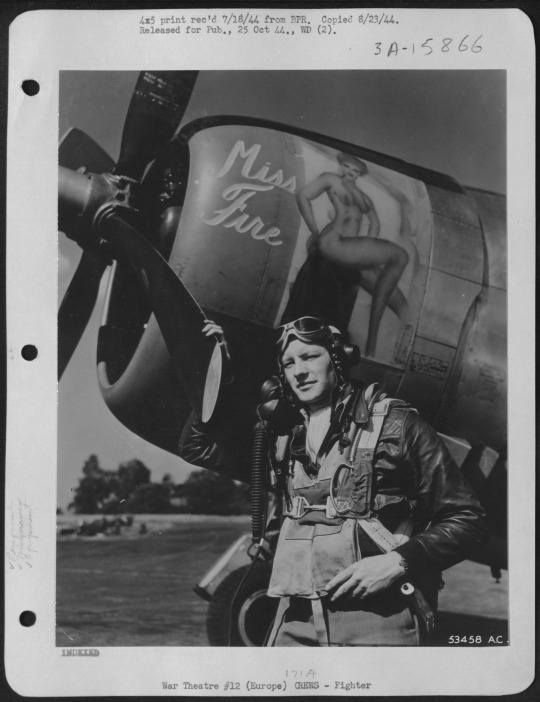
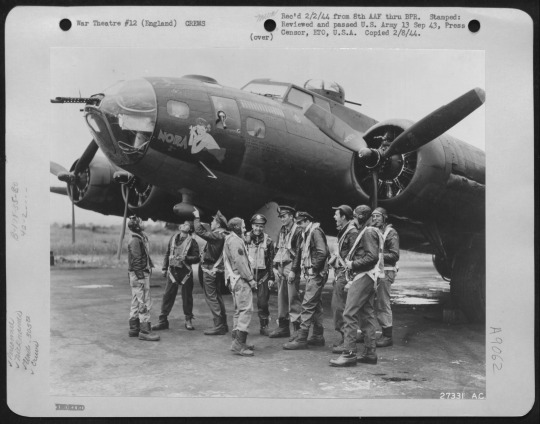
The practice of nose art declined after World War II, largely due to stricter military regulations and the evolving nature of warfare. However, its legacy endures, captivating historians, veterans, and enthusiasts. World War II nose art remains a powerful reminder of the human element amidst war's machinery, a colorful testament to the resilience, creativity, and spirit of those who served.
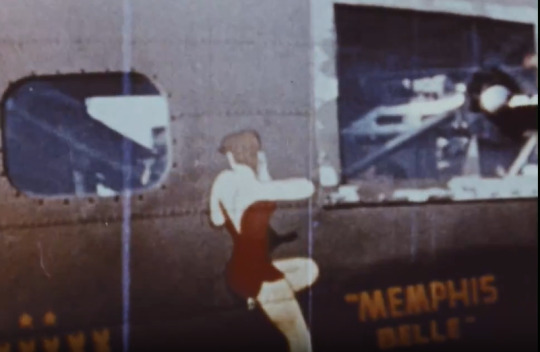




The National Archives holds a treasure trove of photographs featuring this iconic nose art, often discovered in ordinary crew photos where the art itself isn't the primary focus of the image. This creates a fascinating treasure hunt for enthusiasts and researchers alike, offering glimpses into the past where this artwork accompanies stories of bravery, camaraderie, and the personal touches that made these aircraft more than just machines of war.
More resources on the National Archives website and Catalog:
https://nara.getarchive.net/topics/nose+art
https://www.archives.gov/research/military/ww2/photos
505 notes
·
View notes
Text

#combat aircraft #bomber #WWII #Respect #Memory #Remember #Photo of the Day # style #vintage #beautiful images #images #oldschool #fashion30' #fashion40' #things with character #mood #color day #style #elegance #elegant #fashion #sharp look #elegant notes #sky
339 notes
·
View notes
Photo
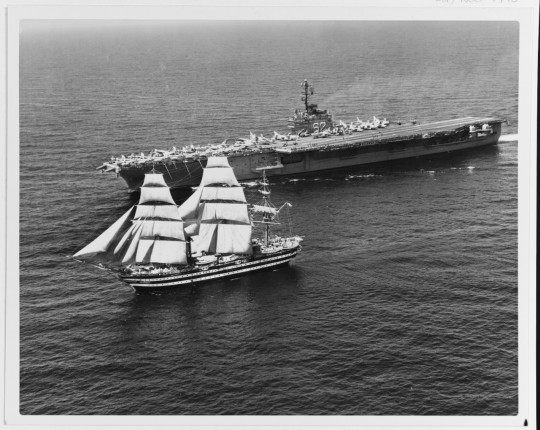

Pictured above: the Amerigo Vespucci, a three-masted tall ship, encounters two US aircraft carriers: the Independence (black and white image, 1962) and the George H.W. Bush (color image, 2022).
Built in 1930 for the purpose of sail training, the Italian Training Ship Amerigo Vespucci is designed after 18th century 74-cannon "ships of the line”, naval warships common to the Age of Sail. She carries a standard crew of 16 officers, 70 noncoms, and 190 sailors; she has an overall length of 101m/331ft and a maximum width of 15.5m/51ft with a steel hull and a top speed of 10 knots (19km/h). The masts are steel but carry traditional canvas sails and use only hemp rope; mooring lines are synthetic per port regulations. Currently she carries both diesel and electric engines. More details and specifications at Wikipedia. Her sister ship, the Cristoforo Colombo, was given to the USSR as war reparations after WWII.
There is a commonly-repeated story that when the Amerigo Vespucci encountered the USS Independence in 1962, the Independence signaled the Amerigo Vespucci to ask, “Who are you?”
The ship replied, “Training ship Amerigo Vespucci, Italian Navy.”
The Independence then is reported to have responded:
“You are the most beautiful ship in the world.”
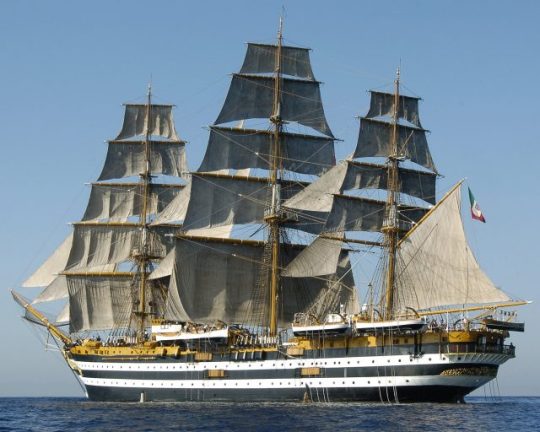
Well, they weren’t lying about that.
Wikipedia’s only truly useful citation for this encounter is a YouTube video of the USS George H.W. Bush meeting the Amerigo Vespucci in 2022.
youtube
This encounter was also documented in a US Navy press release from September 2022, which has better information for the initial exchange. The 1962 photo leaves no doubt the Independence and the Amerigo Vespucci did encounter one another, but the exchange of communications does not have strong visible documentation. The press release states that the NHHC website has a record of the encounter, but does not link to it.
The NHHC website, which is a massive pain in the ass to use, has a records page for the black and white photo above, but that appears to be the extent of its documentation. Presumably there’s a logbook for the Independence or the Amerigo Vespucci or both, but that’s beyond my ability to locate. I have not been able to find a record that isn’t embedded in 21st-century documents which don’t have strong citations. There is no record of who on the Independence felt the need to compliment the Amerigo Vespucci, or how the ship responded. The Italian Navy’s history of the Amerigo Vespucci, now available only through Archive.org, does not mention the encounter.
The earliest record I could find of the Amerigo Vespucci referenced as “The most beautiful ship in the world” comes from a post at VisitVenezia, which Google believes was posted in 2004 (there’s no date on the post itself). The earliest reference to the actual meeting of the two ships is a vague reference in a blog from 2012, which merely states that “another ship once radioed, you are the most beautiful ship in the world.” There is no citation for the story’s origin at that post. If the exchange did happen, the story of it appears to have surfaced to civilians only in the 21st century. Most other records 2012-2022 eventually trace back to Tumblr, actually.
The USS Independence’s Crew Book for 1962 has been digitized; reading through it there is, as they say, a lot to unpack, but despite numerous pages dedicated to the sights of the Mediterranean, there is no mention or photo of the Amerigo Vespucci that I could find. It does list the two commanders of the Independence, Melvin R. Etheridge and Bob J. Robison, as well as the full 1962 crew. And if you like men in uniform, 60s military technology, or poorly printed photos of Europe in 1962, it’s a fun way to spend an hour or so.
In any case, the Navy says it happened, and it’s a great story. We do have documentation, both in the video above and in the September 2022 press release, of the 2022 encounter. The USS George H.W. Bush, captained by Capt. David-Tavis Pollard, asks via radio, “Sailing vessel on my starboard side, please identify yourself.”
The ship responds, “This is Italian Navy ship Amerigo Vespucci.”
The US ship asks, “Are you the one that sailed by the USS Independence in 1962?”
To which the Italians reply, “Yes we are. We are the senior national vessel in active duty.”
The US ship responds, “Amerigo Vespucci, you are still after 60 years the most beautiful ship in the world.”
To which the Amerigo Vespucci answers, “George Bush, we are flattered and express fair winds and following seas for your deployment.”
I’d love to know who sent the original messages, and where it might have been recorded; if folks have access to documentation or know sailors who served on the Independence or the Amerigo Vespucci in 1962 who might remember it, please feel free to let me know. After all, I’d like the story to be true.
And she is, then and now, a beautiful ship.
youtube
523 notes
·
View notes
Text

A Vought OS2U Kingfisher being loaded with a pair of yellow practice bombs, at a naval air station.
Date: early 1942
U.S. Naval History and Heritage Command: 80-G-K-13493
#Vought OS2U Kingfisher#OS2U#Floatplane#Observation Plane#Seaplane#Spotter Plane#Aircraft#Airplane#United States Navy#U.S. Navy#US Navy#USN#Navy#World War II#World War 2#WWII#WW2#WWII History#History#Military History#1942#undated#color photo#WWII in color#my post
65 notes
·
View notes
Text

German submarine U-278 was a Type VIIC U-boat of Nazi Germany's Kriegsmarine during World War II
#ww2#wwii#military#dronescapes#kriegsmarine#germany#europe#wwii germany#ww2 germany#nazi germany#submarine#military history#world war 2#world war ii#colorized#vintage photos#photographe#vintage photography
37 notes
·
View notes
Text

The forward 16 inch/45 caliber guns of USS Alabama (BB-60) "train to starboard during a North Atlantic battle practice. Photographed during her shakedown period, circa December 1942 - January 1943.
Note: Ice and snow on turrets and decks."
NHHC: 80-G-K-9410
#USS Alabama (BB-60)#USS Alabama#South Dakota Class#Battleship#warship#ship#January#1943#December#1942#world war 2#world war ii#WWII#WWII History#WW2#WWII in Color#color photo#united states navy#us navy#navy#usn#u.s. navy#my post
107 notes
·
View notes
Text

Truck machanias overhaul a Willys MB, Jeep.
Photographed in Panama, circa 1940s.
NARA: 193869116
#Jeep#Willys MB#Ford GPW#Panama#world war ii#world war 2#WWII#WW2#WWII History#history#military jeep#military#1940s#color photo#my post#army#us army
178 notes
·
View notes
Text

WWII Colorized Photo: This December 13, 1944 photo was colorized by Colourised PIECE of JAKE. The original black & white photo is from the British Imperial War Museum CL 1729, and it was taken by the Royal Air Force official photographer, Clark N S, (P/O) in the Airfield Volkel, Holland. (Santa had arrived in a RAF Hawker Tempest Mk-V.)
In the pic, the British Royal Air Force Leading Aircraftman Fred Fazan from London, is dressed up as Santa Claus, and is handing out presents to Dutch children at the 486 Squadron, No. 122 Wing. The members of No 122 Wing had saved their candies for weeks, and contributed enough money to give the Dutch children their first Christmas party.
145 notes
·
View notes